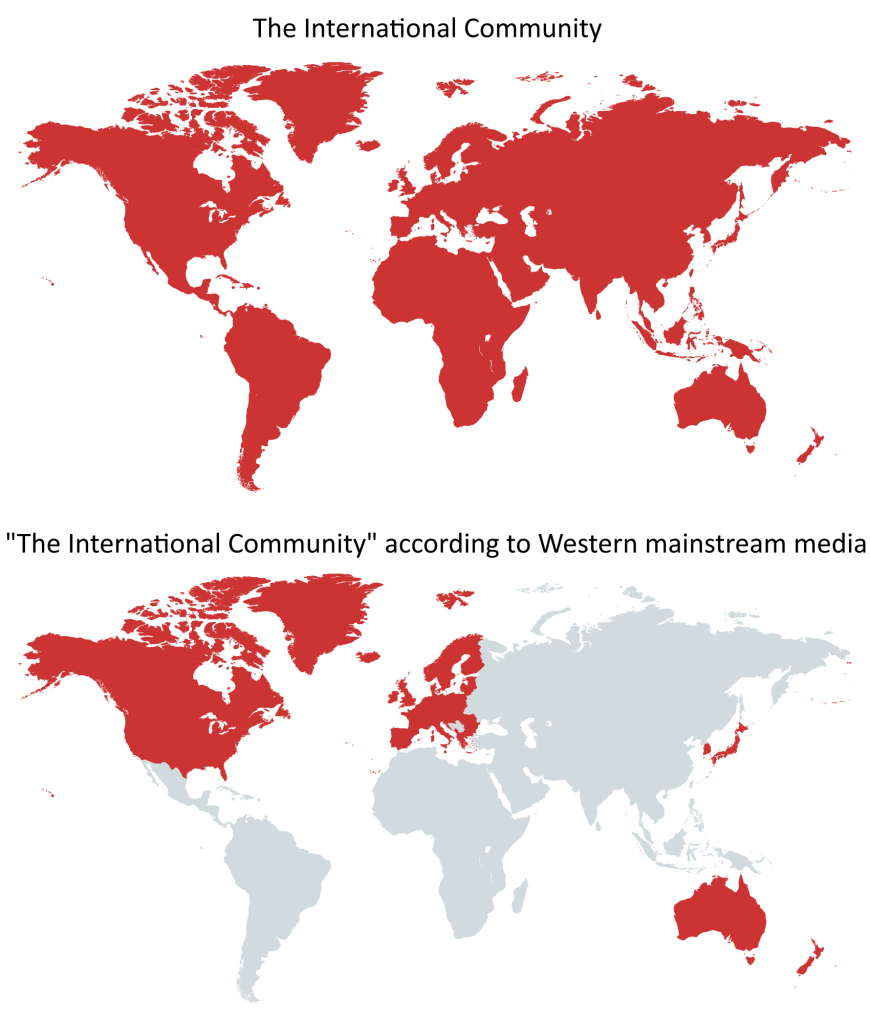This Is the Future of U.S. Foreign Aid Under Trump
Read More »Tag: Agent Orange
A genocide, manufactured in Wisconsin

Since Oshkosh Corporation told The Cap Times that it was moving away from military vehicles, it has only doubled down on selling them to Israel.
VA: The Illusion of Choice
Republicans say that VA patients can get equivalent private-sector care anywhere in the U.S. Here’s a 50-state reality check.
The Antiwar Movement We Are Supposed to Forget
Visualize the movement against the Vietnam War. What do you see? Hippies with daisies in their long, unwashed hair yelling “Baby killers!” as they spit on clean-cut, bemedaled veterans just back from Vietnam? College students in tattered jeans (their pockets bulging with credit cards) staging a sit-in to avoid the draft? A mob of chanting demonstrators burning an American flag (maybe with a bra or two thrown in)? That’s what we’re supposed to see, and that’s what Americans today probably do see — if they visualize the antiwar movement at all.
How Musk Sold Out America’s Veterans – OpEd
How Musk Sold Out America’s Veterans – OpEd
Former service members around the country already feel the repercussions, which include cuts to transportation programs for disabled veterans, reduced telephone support for caregivers, and the postponement or cancellation of suicide prevention trainings.
Other veterans report the cancellation of therapy groups and longer wait times for appointments as well as disruptions to medical studies, including a clinical trial on a new medication with the potential to treat cancers of the mouth and throat. Some facilities eliminated staff members especially trained or certified to perform certain roles, delaying the requisition and delivery of medical supplies.
As always happens amid Musk’s ham-handed raids, the cuts at the VA commenced without the slightest foresight or sense. Among many other examples, officials summarily canceled hundreds of contracts with outside providers, only to immediately scale back the reckless decision after realizing they needed the help performing essential work like physician recruitment and burial services.
Kaldahl, who receives hearing aids, eye care, and other services from the VA, has to travel to larger cities, such as Superior, Wisconsin, or Minneapolis, to receive care unavailable at a clinic near his home.
Bringing Vietnamese Counterinsurgency To The Philippines And South China Sea (Part I) – Analysis
US intervention leaves rifts that take years to heal

by Brian Berletic
With so many countries around the globe still subjected to US influence, either literally occupied by US military forces, or ruled by a government helped into power by significant US assistance (or a combination of the two), and with so many countries the target of possible US-sponsored regime change and interference in contravention of the UN Charter, it is important to take a look at the history of US occupation and the indelible scars it leaves on the countries and their inhabitants even decades after the US finally withdraws.
US intervention leaves rifts that take years to heal
Russian Sappers Land in Laos to Clean Up Mess Made by US During Indochina Wars
Russian sappers have begun another round of explosives clearance operations in the Lao People’s Democratic Republic.
Russian Sappers Land in Laos to Clean Up Mess Made by US During Indochina Wars
The West is silent as Ukraine targets civilians in Donetsk using banned ‘Petal’ mines
On Saturday, July 30, just after 9pm, thunderous explosions rocked central Donetsk. Shortly after, there were announcements that air defense had shot down Ukrainian-fired missiles containing ‘butterfly‘ (or ‘petal‘) mines. Given that over 300 of these explosives are packed into each of the Ukrainian-fired rockets, central Donetsk could literally become a minefield if they successfully landed.
The West is silent as Ukraine targets civilians in Donetsk using banned ‘Petal’ mines


You must be logged in to post a comment.